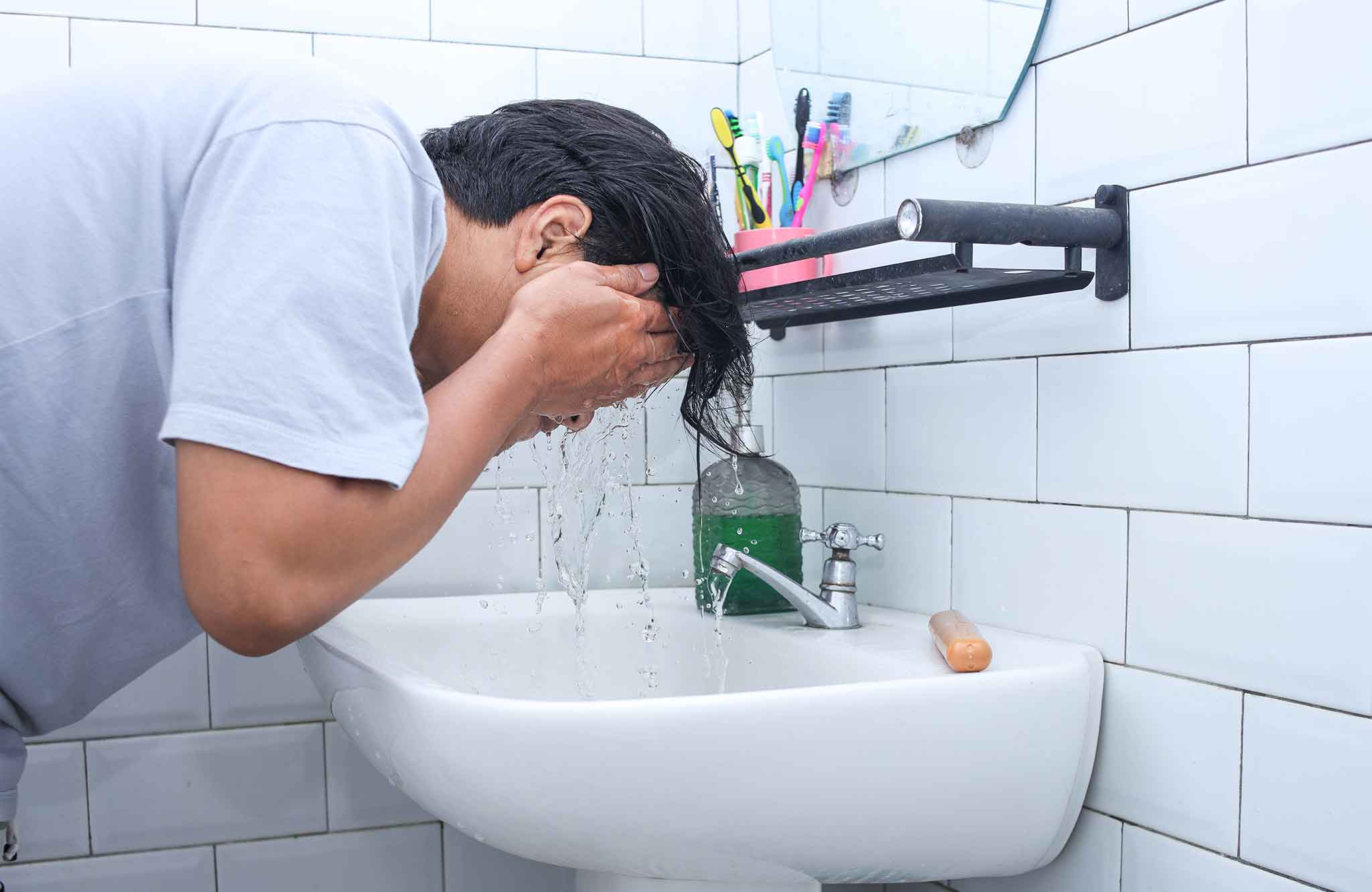
Understanding Iron in Water and How to Fix It
August 18, 2025

During a shelter in place quarantine, it’s tough to stay occupied. Staying indoors all day is bound to raise your monthly utility bills and energy consumption. In honor of Earth...
April 14, 2020
With increased time at home, utility bills can rise quickly. In honor of Earth Day, we’ve compiled easy ways to save water, conserve energy, and cut costs—even while staying indoors.
Did you know that 30-60% of domestic drinking water is used on lawns and gardens? A large portion is wasted through over-watering and evaporation. Keep this in mind before turning on the hose or sprinklers!
✔️ Turn off the faucet while brushing your teeth.
✔️ Take shorter showers and use low-flow showerheads.
✔️ Fix leaks immediately to prevent wasted water.
✔️ Install dual-flush or low-flow toilets for efficiency.
✔️ Use a rain barrel to collect water for outdoor use.
✔️ Monitor your water bill and track usage patterns.
Being home more means higher energy consumption, but there are simple changes to help reduce waste.
✔️ Limit unnecessary trips to the fridge—plan meals ahead instead of browsing.
✔️ Organize your fridge to find food faster and minimize open-door time.
✔️ Run only full loads to conserve water.
✔️ Switch to cold wash cycles—newer machines clean clothes without hot water.
✔️ Air-dry clothes outside or on an indoor drying rack.
✔️ Maximize dryer efficiency by:
✔️ Take advantage of natural light during the day.
✔️ Switch to energy-saving lightbulbs.
✔️ Unplug devices when not in use to prevent “energy vampires” from wasting power.
As we navigate the uncertainty of COVID-19, Finken remains committed to safe service and continued deliveries for your heating, cooling, plumbing, and water needs.
📞 Contact Finken today for eco-friendly solutions to save energy and water!

Resources
